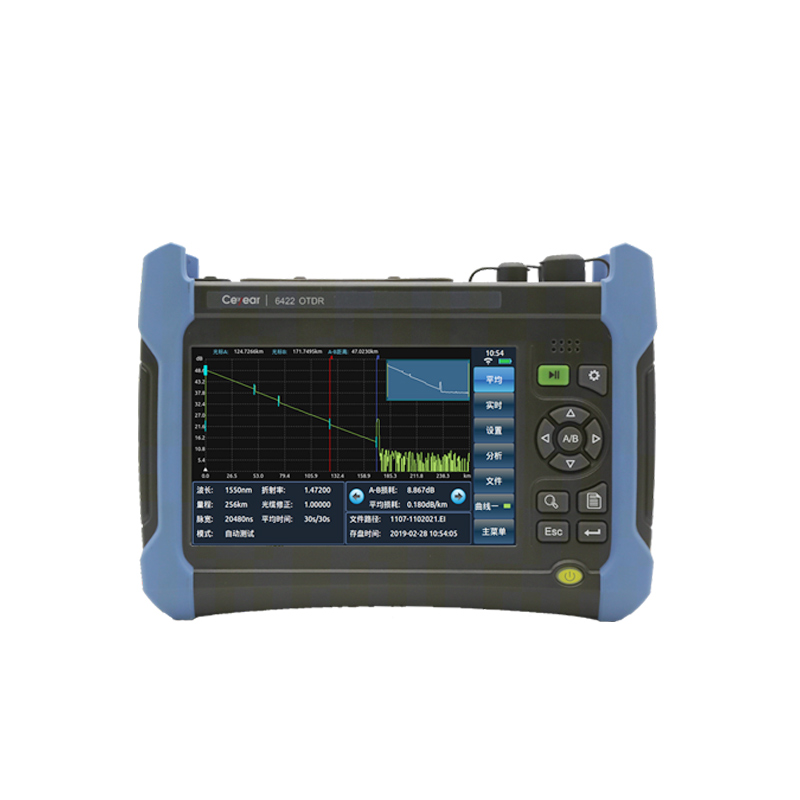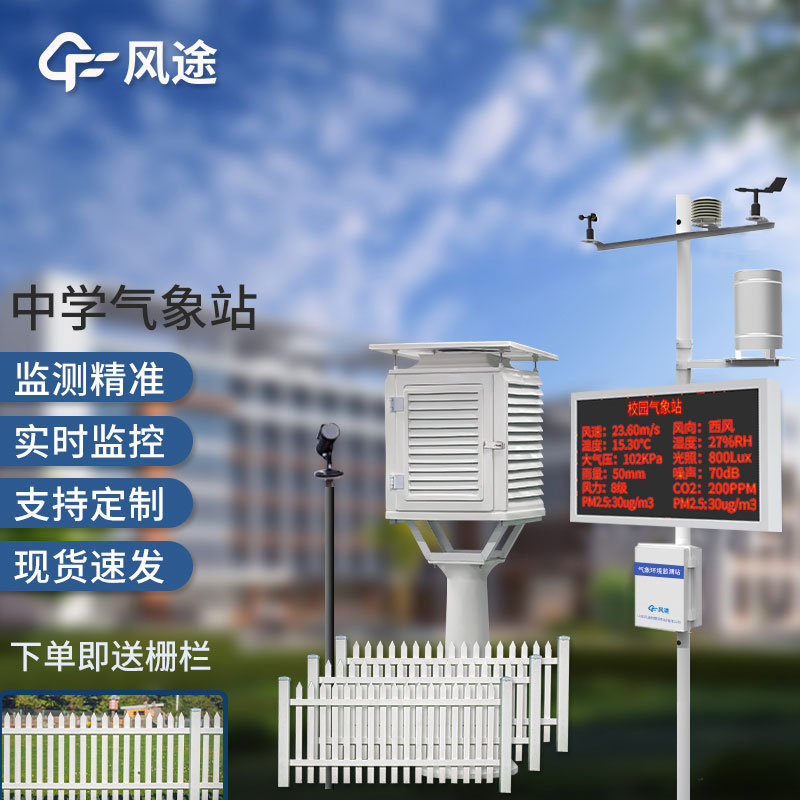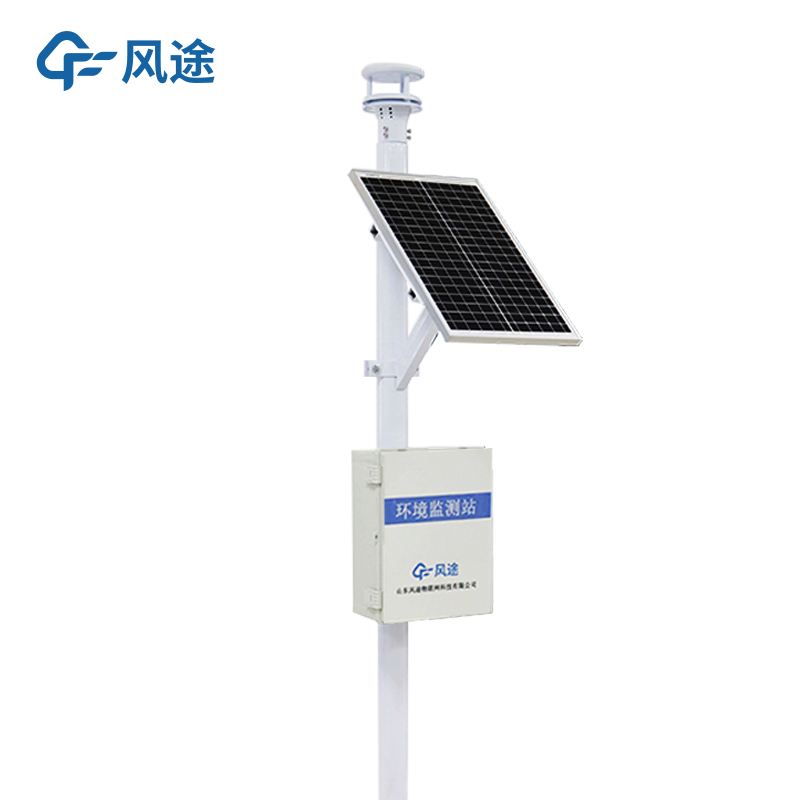Product
Recommended article
- One - Stop Dust Monitoring Solution
- How Forestry Weather Stations Bolster Forest Fire Prevention Efforts
- Discover the Power of Negative Oxygen Ion Monitoring System for Cleaner Air
- Comparative Analysis of Ultrasonic and Automatic Weather Stations in Meteorological Monitoring
- Breaking Through the ‘Last Meter’ with Online Dust Monitoring System
- Mastering Road Conditions with Road Weather Station
Contact us
Shandong Fengtu IOT Technology Co., Ltd
Sales Manager:Ms. Emily Wang
Cel,Whatsapp,Wechat:+86 15898932201
Email:info@fengtutec.com
Add:No. 155 Optoelectronic Industry Accelerator, Gaoxin District, Weifang, Shandong, China
Road Weather Information System: Tackling the Challenge of Dense Fog Patches
Article source:Weather station time:2024-09-30 08:55:02 viewed:14times
“Dense fog patches” are a fog phenomenon caused by local micro-climatic conditions. This kind of fog usually has a limited coverage area and may only extend for several kilometers or even just a few hundred meters. Within its affected area, visibility is very low, usually only a few tens of meters, and sometimes even only a dozen meters.
Dense fog patches are known for their rapid formation, regional nature, limited coverage area, thick fog, and difficulty in being predicted in advance. Changes in wind direction may cause dense fog patches to migrate. Especially when they appear on highways, visibility may suddenly become extremely low, bringing great safety hazards to drivers and increasing the risk of traffic accidents. Therefore, dense fog patches on highways are also called “mobile killers”.
The Road Weather Information System is a device specifically designed to deal with the problem of low visibility caused by dense fog patches on highways and important traffic sections.
When dense fog patches occur, the meteorological monitoring instruments of the Road Weather Information System, such as visibility meters, will collect relevant data in real time. After analyzing these data, the system will automatically send alarms to the monitoring center and relevant personnel. Duty personnel receive these alarms through the monitoring platform or mobile devices and, after verifying the situation, quickly take measures such as implementing traffic speed limits.

This paper addresses:https://www.yf182.com/industry/523.html
Related products
Related article
-
Substation micrometeorological environment monitoring
2024-06-18 -
Mechanical weather station fills the "blind spots" in meteorological monitoring!
2024-09-23 -
How PV Weather Station Optimizes Photovoltaic Power Generation and Management
2024-11-28 -
Introduction to the Features of the Small Automatic Weather Station
2024-09-09 -
Introduction to the fog warning and monitoring system
2024-06-19 -
Atmospheric Environment Monitoring System: The Key to Precise Pollution Control”
2024-10-11 -
Small Intelligent Weather Station Manufacturer Recommendation
2024-05-11 -
Automatic Farmland Weather Station
2024-08-20










